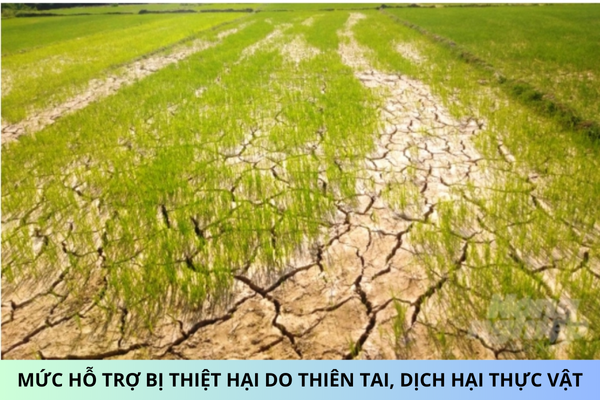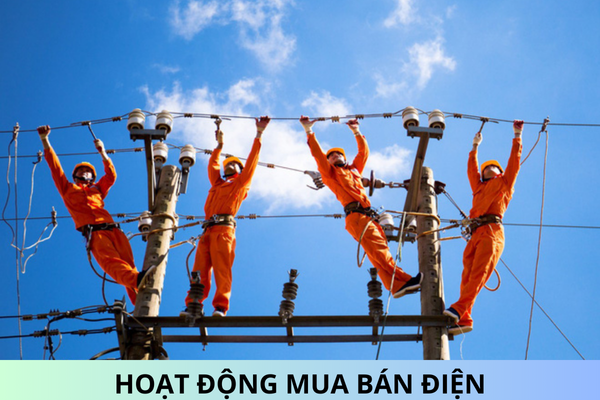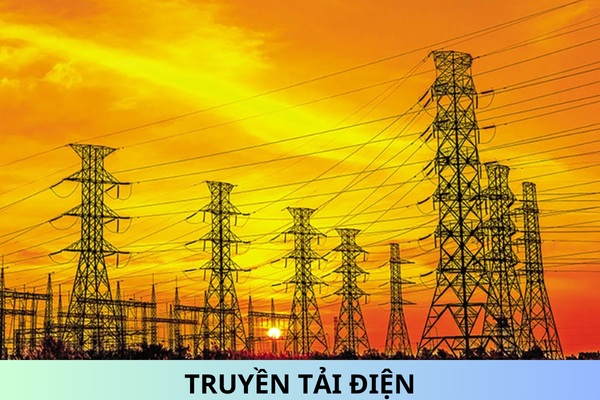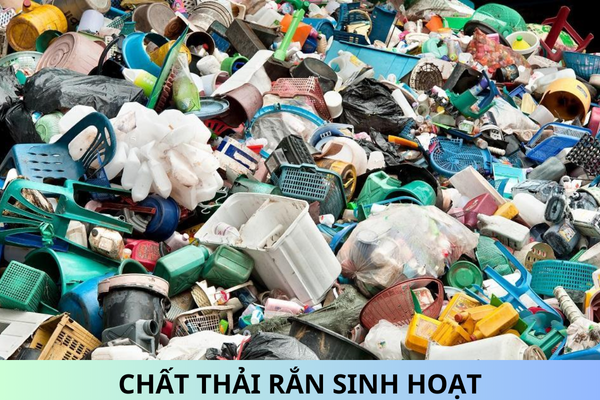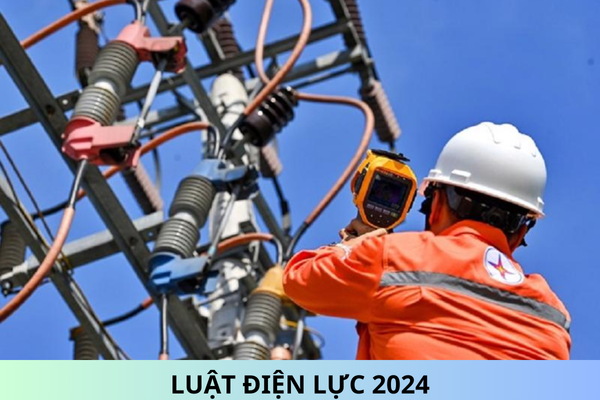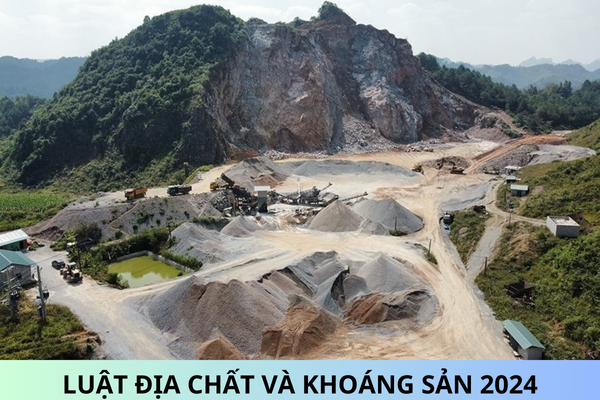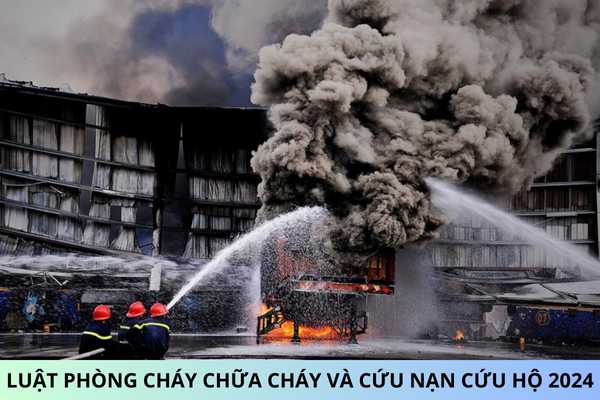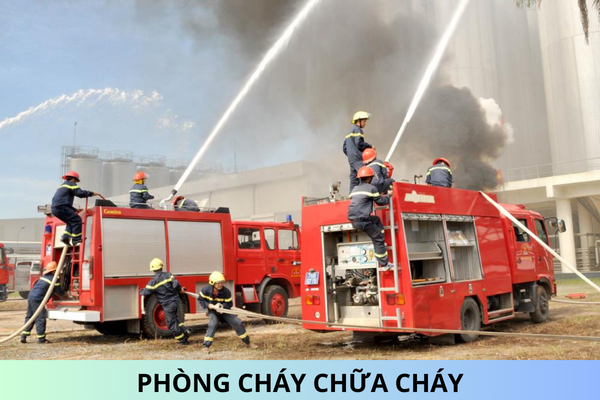Requirements for Dredging Monitoring Equipment in Seaport Waters from July 05, 2024
Requirements for Dredging Monitoring Equipment in Maritime Port Waters from July 5, 2024:
- Principles of Dredging Operations in Maritime Port Waters and Inland Waterways:- Dredging operations in maritime port waters and inland waterways must adhere to specified guidelines to ensure safety, environmental protection, and navigational efficiency.- All activities should be conducted in compliance with the relevant legal regulations and standards mandated by the competent authorities.- Dredging monitoring equipment must be installed and operational to provide real-time data and ensure the accuracy of dredging activities.
What are the requirements for dredging monitoring equipment in port waters starting from July 05, 2024?
On May 20, 2024, the Government of Vietnam issued Decree 57/2024/ND-CP on the management of dredging activities in port waters and inland waterways.
Clause 4, Article 5 of Decree 57/2024/ND-CP stipulates the requirements for dredging monitoring equipment in port waters starting from July 05, 2024, as follows:
(1) Dredging monitoring equipment installed on construction vehicles: AIS equipment to automatically provide information on the construction vehicle's position through shore-based AIS stations to the AIS data center;
(2) Dredging monitoring equipment installed on transport and disposal vehicles for dredged material includes: AIS equipment to provide information on the vehicle's journey through shore-based AIS stations to the AIS Data Center; imaging equipment to provide images of the dredged material compartments from the beginning of dredging, throughout the journey to the disposal site, starting from the disposal to the completion of the disposal of dredged material at the designated site;
(3) Dredging monitoring equipment must be installed in appropriate, fixed positions on the construction vehicle and the transport vehicle for dredged material disposal, facilitating the complete recording and storage of data and images, with measures against tampering with data (e.g., lead seals, sealing, etc.), ensuring continuous and stable operation throughout the construction period.
(4) The contractor is responsible for investing in the monitoring equipment on construction and transport vehicles. Shore-based AIS stations and the AIS data center are the responsibility of the investor to invest in or hire as a service.
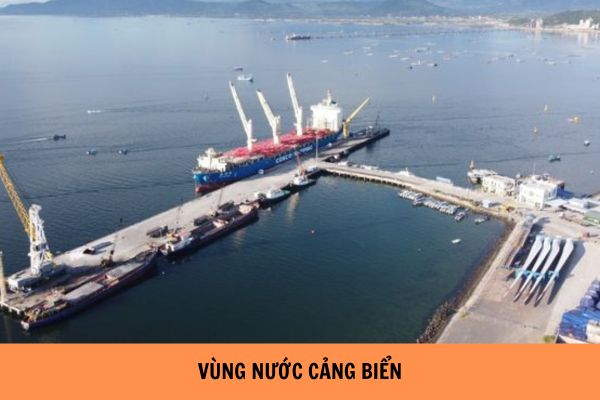
What are the requirements for dredging monitoring equipment in port waters starting from July 05, 2024? (Image from the Internet)
What are the principles for dredging activities in port waters and inland waterways?
Article 4 of Decree 57/2024/ND-CP stipulates the principles for dredging activities in port waters and inland waterways as follows:
- Dredging activities must comply with the provisions of this Decree and related laws to ensure the technical parameters of channels, maritime safety, maritime security, ensure the safety of inland waterway traffic, prevent environmental pollution, and prevent erosion, protect the riverbed, riverbanks, river beaches, water resource protection corridors, ensure the safety of dike systems, irrigation, maritime, and inland waterway infrastructure, and other projects, avoiding wastage and loss of the country's natural resources.
- No dredging activities shall be carried out in port waters and inland waterways that hinder boat and ship activities during flood and storm seasons, and during natural disasters.
- Maintenance dredging activities in front of port terminals, sea berths; waters of ports and inland waterway stations; specialized channels of organizations, individuals shall only be carried out by preparing and approving economic-technical reports in accordance with construction law, this Decree's Chapter II, and related specialized maritime law regulations, regulations on repair, renovation of ports, inland waterway stations.
- Dredging activities using public investment funds must comply with public investment law regulations.
- Encourage and facilitate organizations and businesses of all economic sectors to dredge, maintain, develop maritime, inland waterway channel infrastructure and take responsibility for costs and investment efficiency; Enhance the role of organizations and businesses in sharing responsibilities for investment, maintenance of maritime, inland waterway channel infrastructure as part of their port exploitation projects.
- Areas and locations receiving and disposing of dredged material will receive all or part of dredged material from projects in the province and neighboring provinces.
What are the responsibilities of the investor after the dredged material disposal period ends?
Article 8 of Decree 57/2024/ND-CP stipulates the management of dredged materials as follows:
Regulations on the management of dredged materials
- For dredged materials disposed of in areas, locations onshore approved by the provincial People's Committee, the project owner, organizations, individuals receiving the dredged material do not need to comply with the mineral resources law. After the project ends, the project owner must hand over the area, location receiving the dredged material to the provincial People's Committee or organizations, individuals authorized by the provincial People's Committee for management and take measures to store or treat the dredged material ensuring no environmental pollution. If handing over to organizations, individuals, the project owner shall report to the provincial People's Committee for management according to regulations.
2. For dredged materials disposed of at sea, after the disposal period ends, the project owner must send a report on the results of the disposal work, monitoring, environmental supervision of the project to the authority granting the marine disposal permit and the sea area administration.
Thus, after the dredged material disposal period ends, the project owner must send a report on the results of the disposal work, monitoring, and environmental supervision of the project to the authority granting the marine disposal permit and the sea area administration.
Note: Decree 57/2024/ND-CP is effective from July 05, 2024.
Sincerely!
